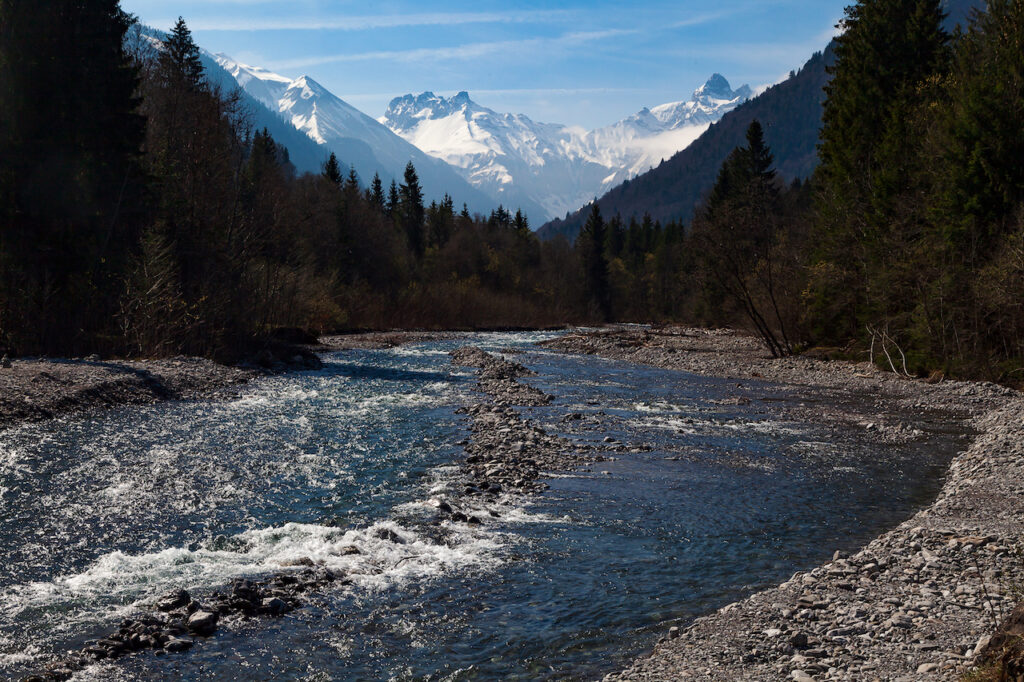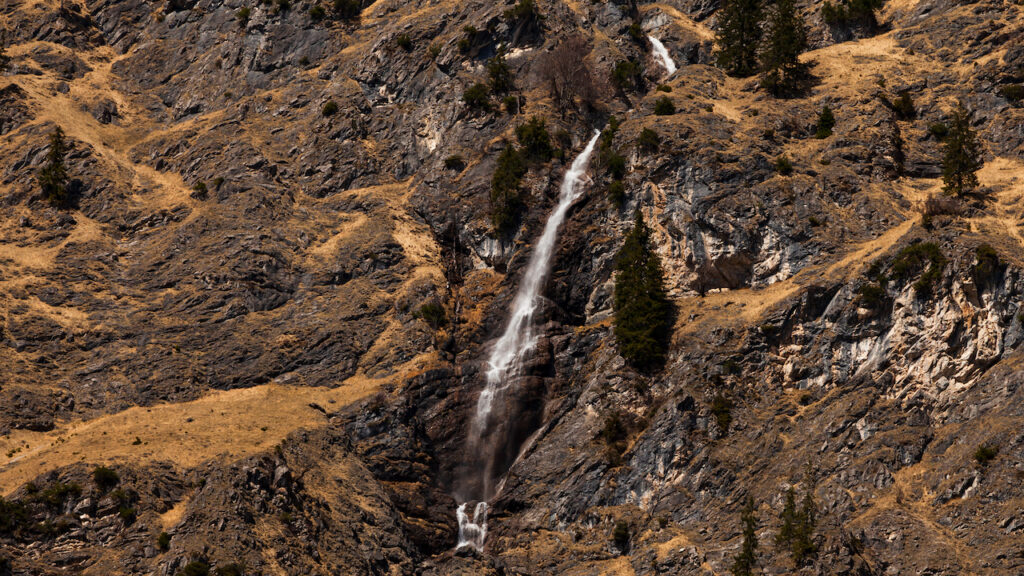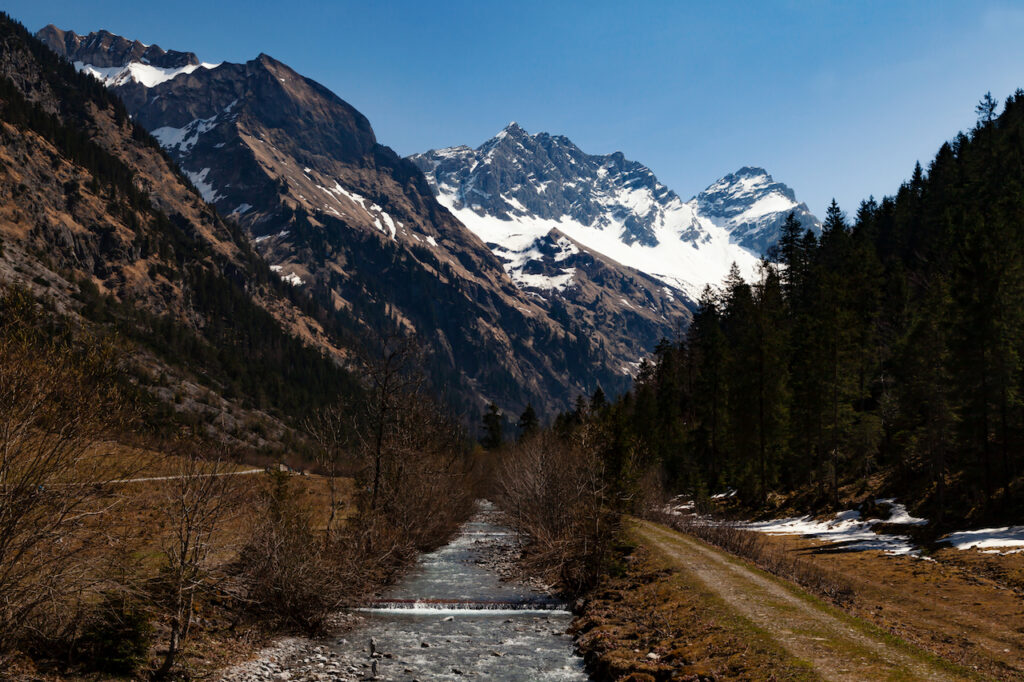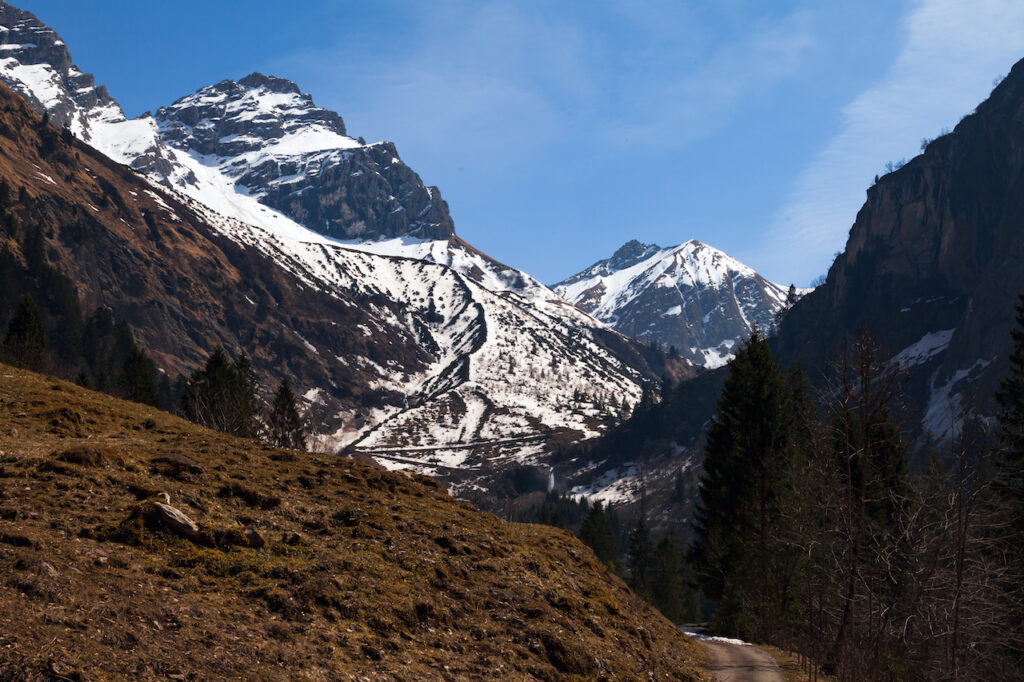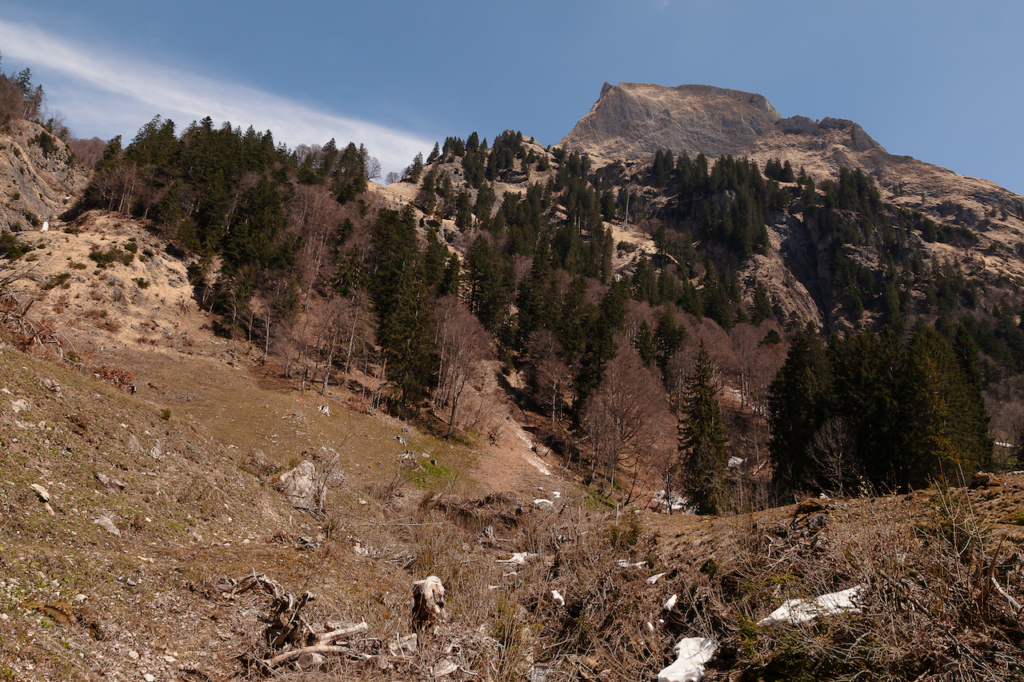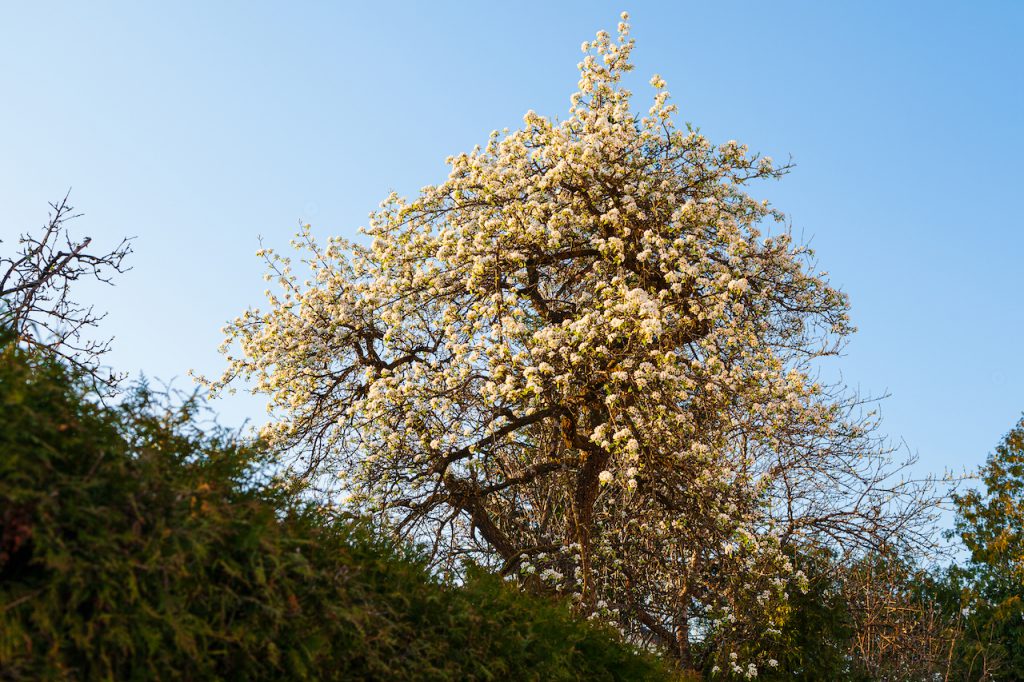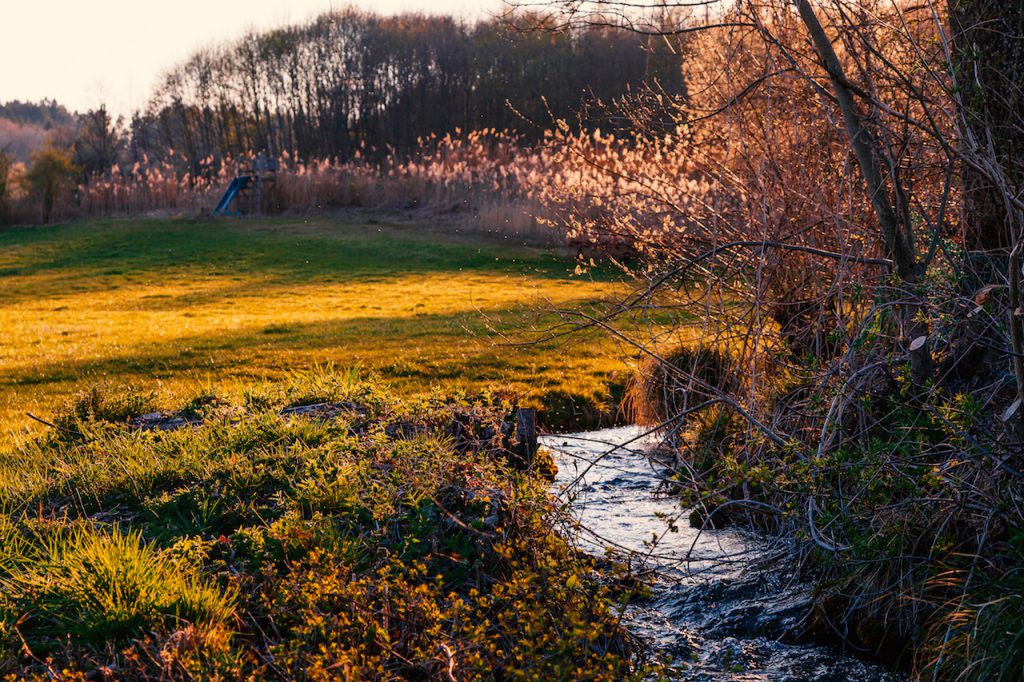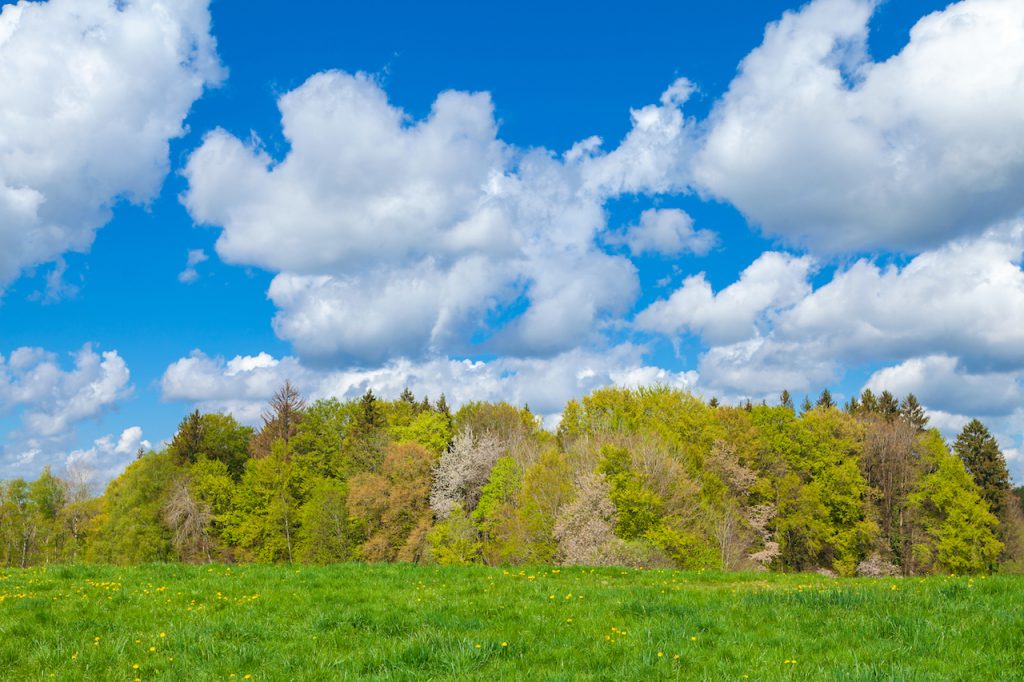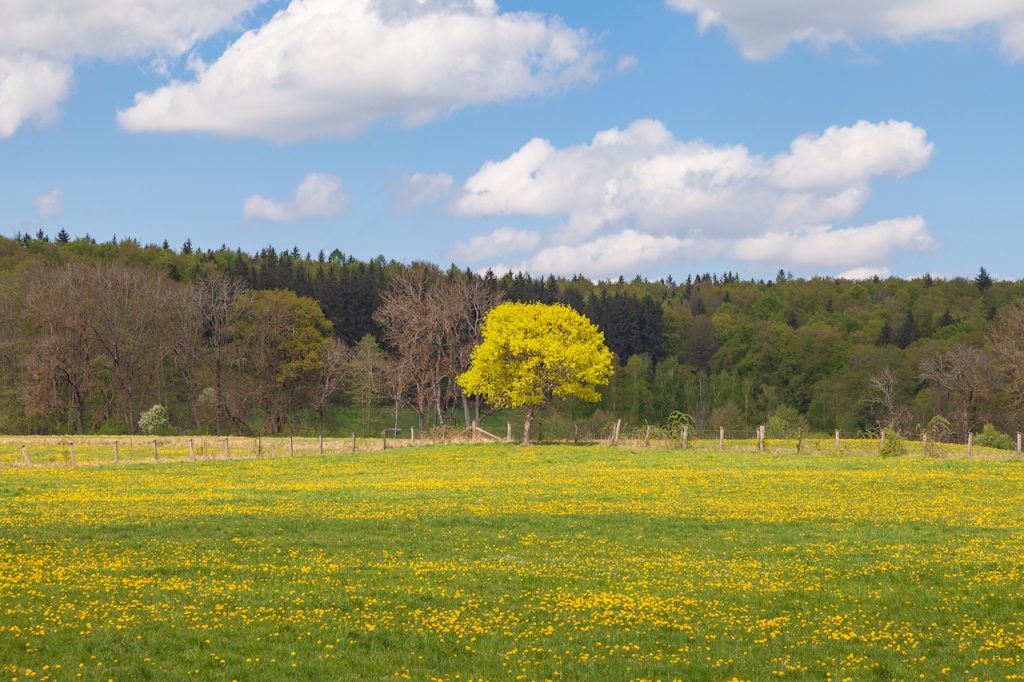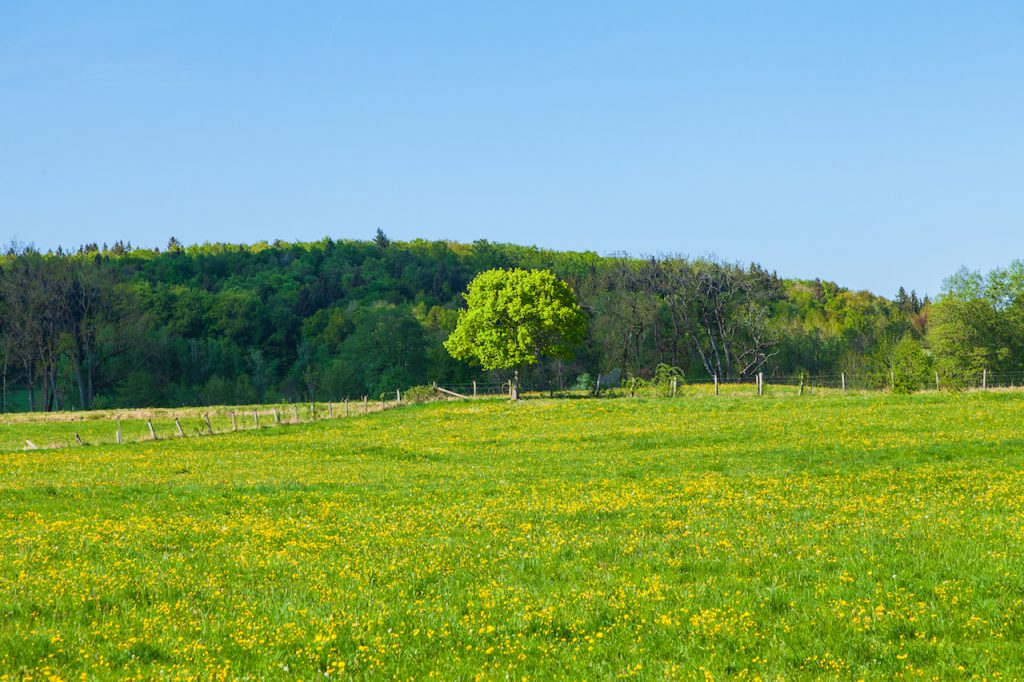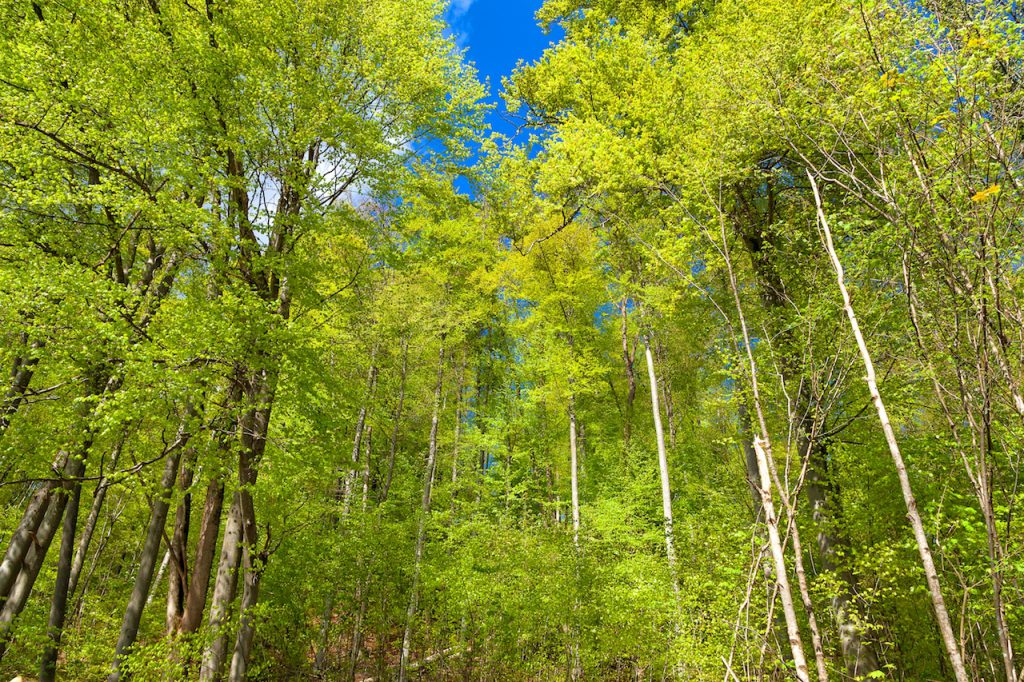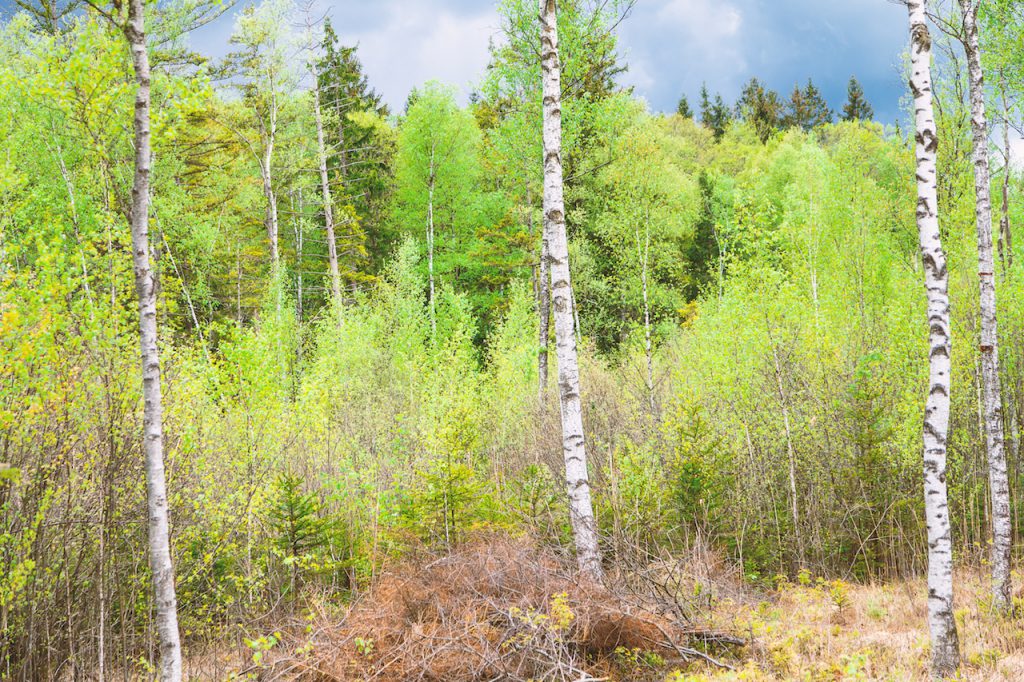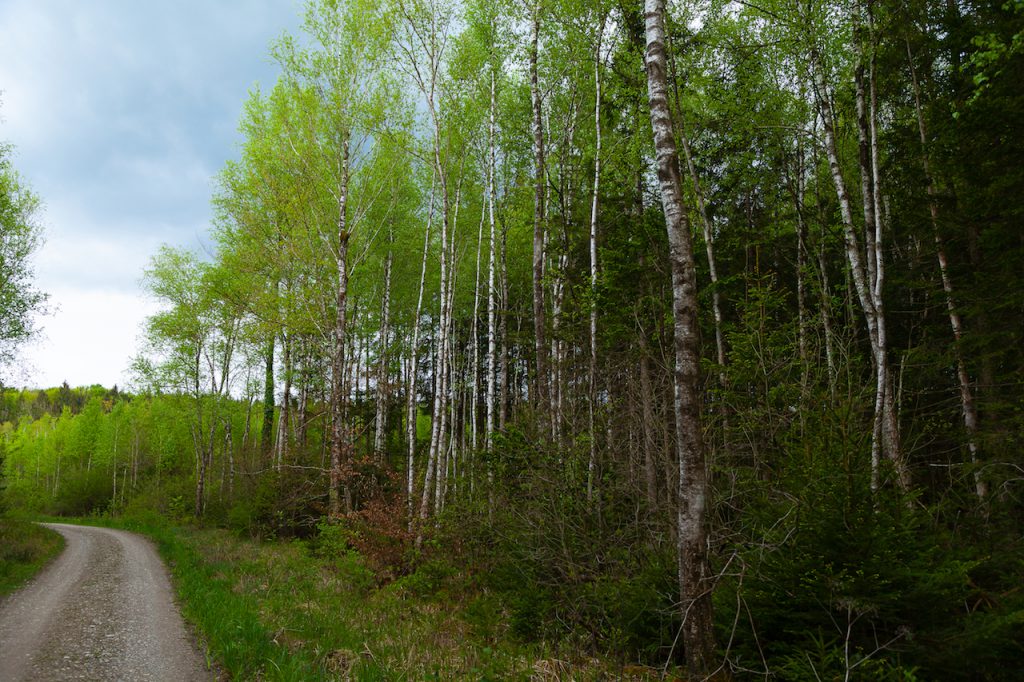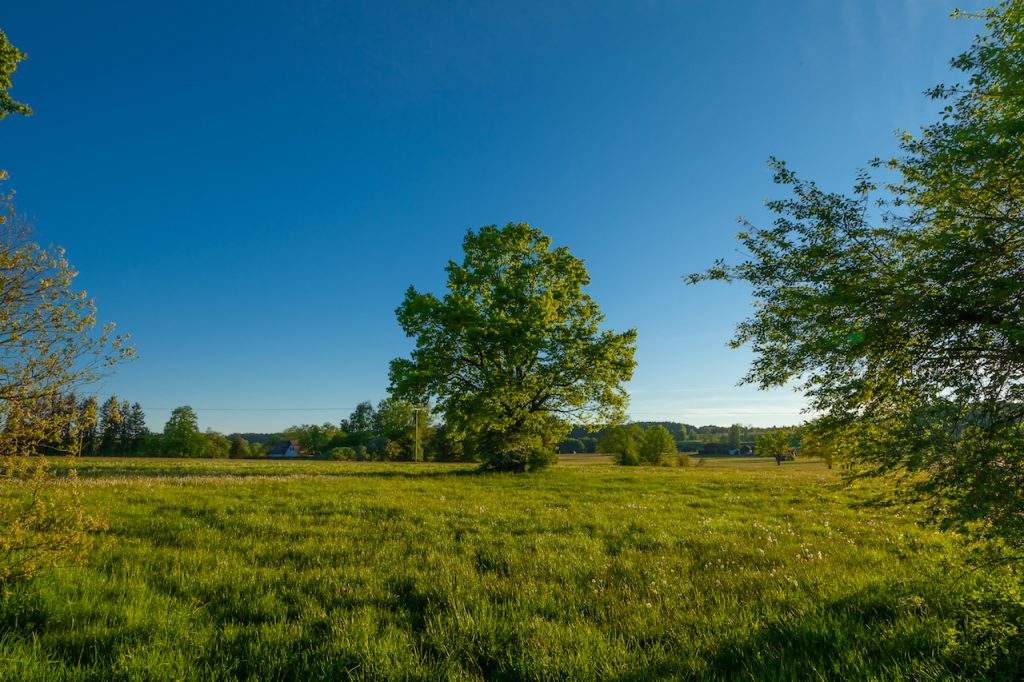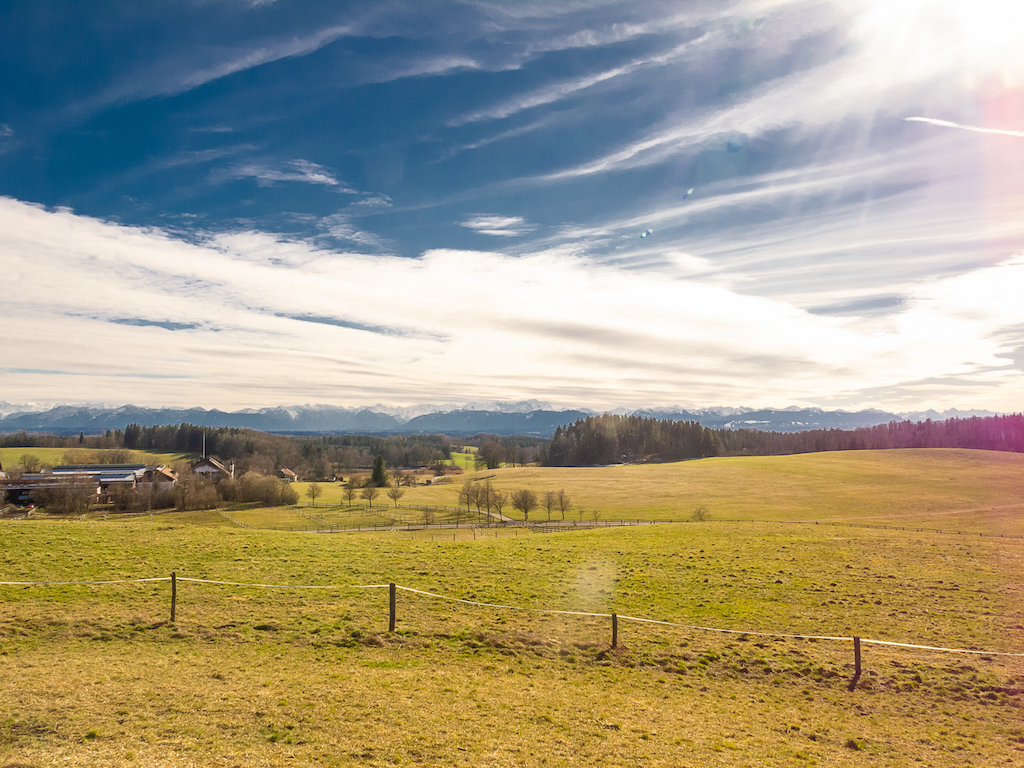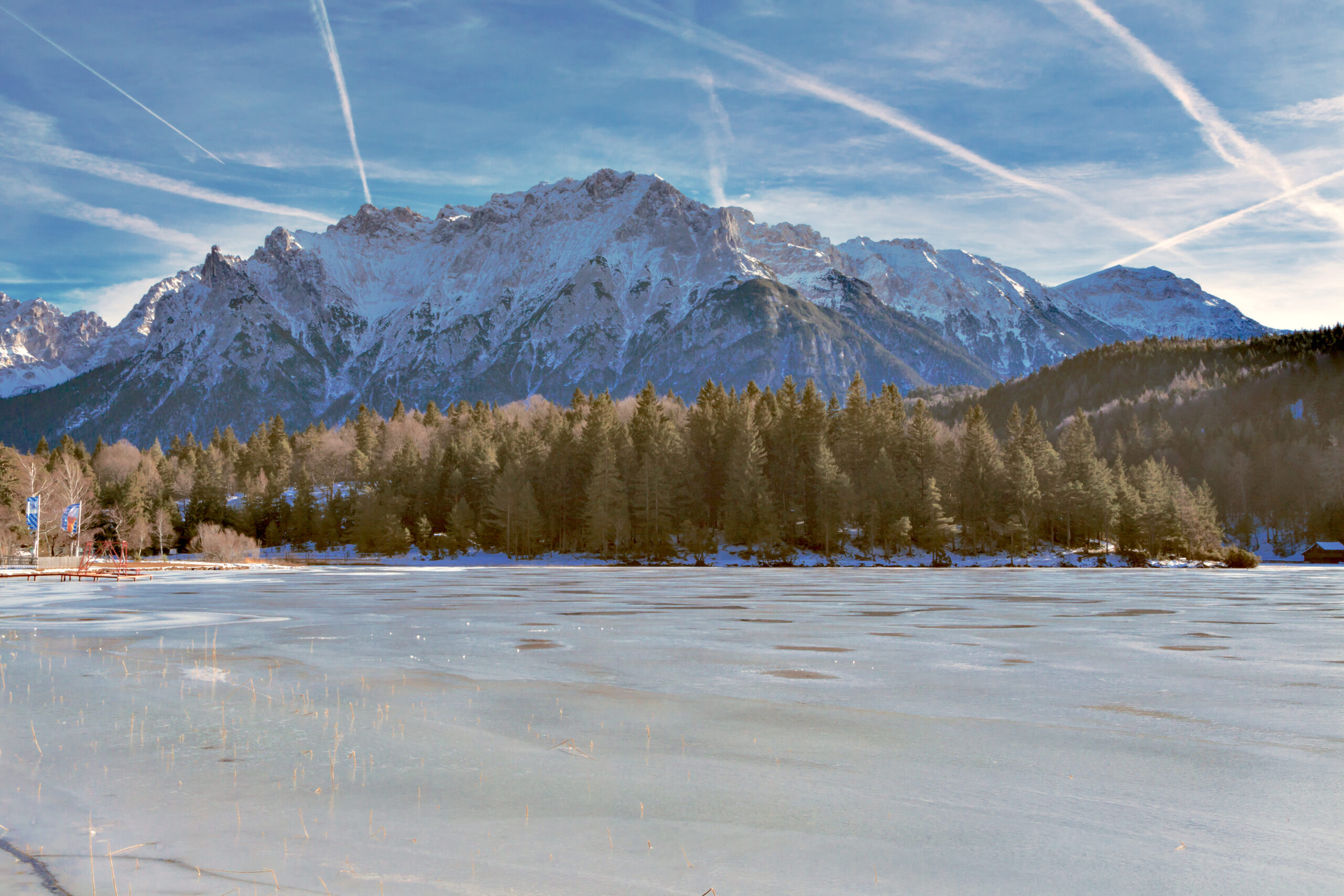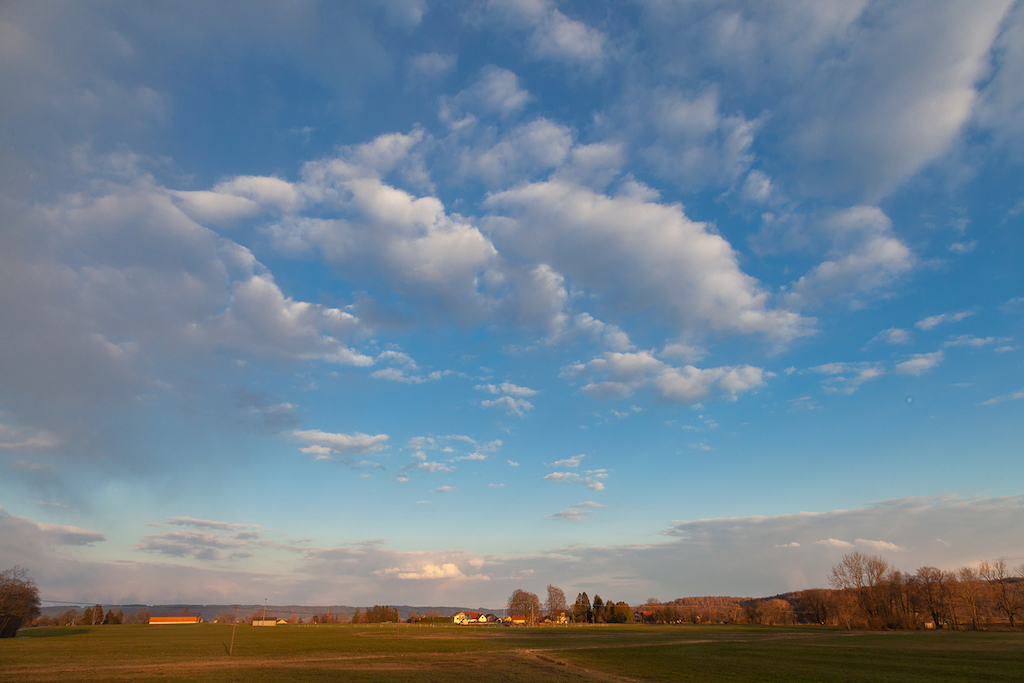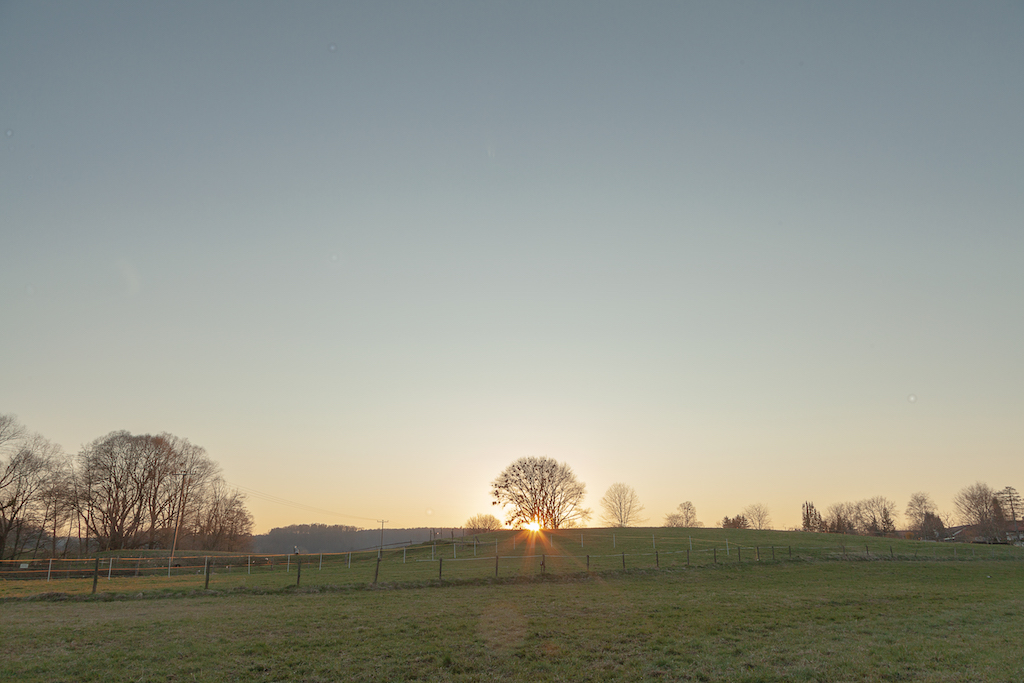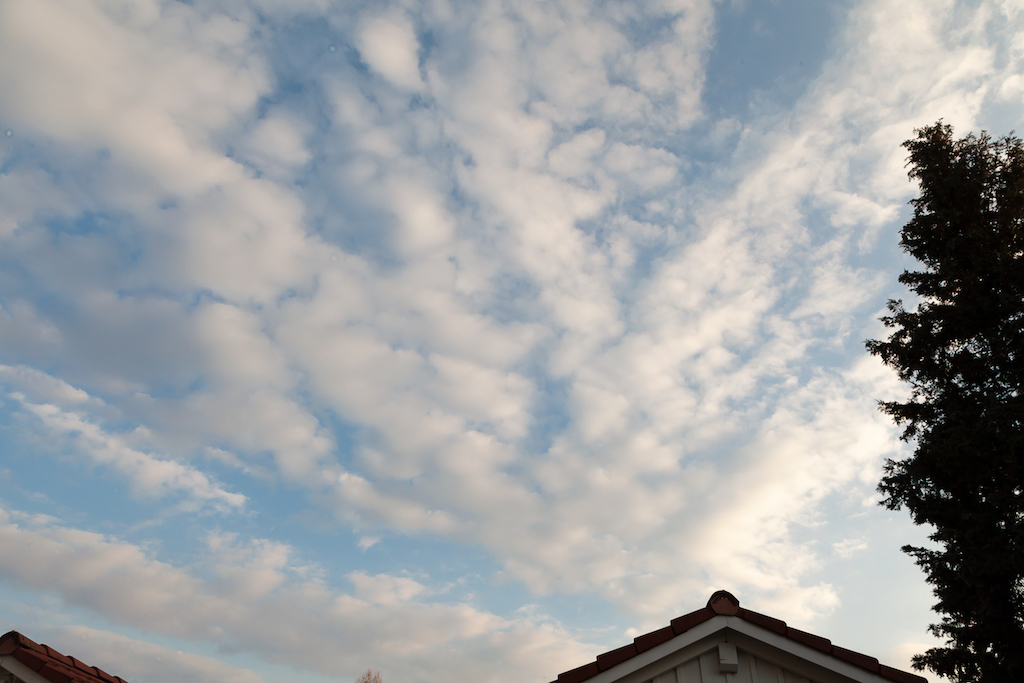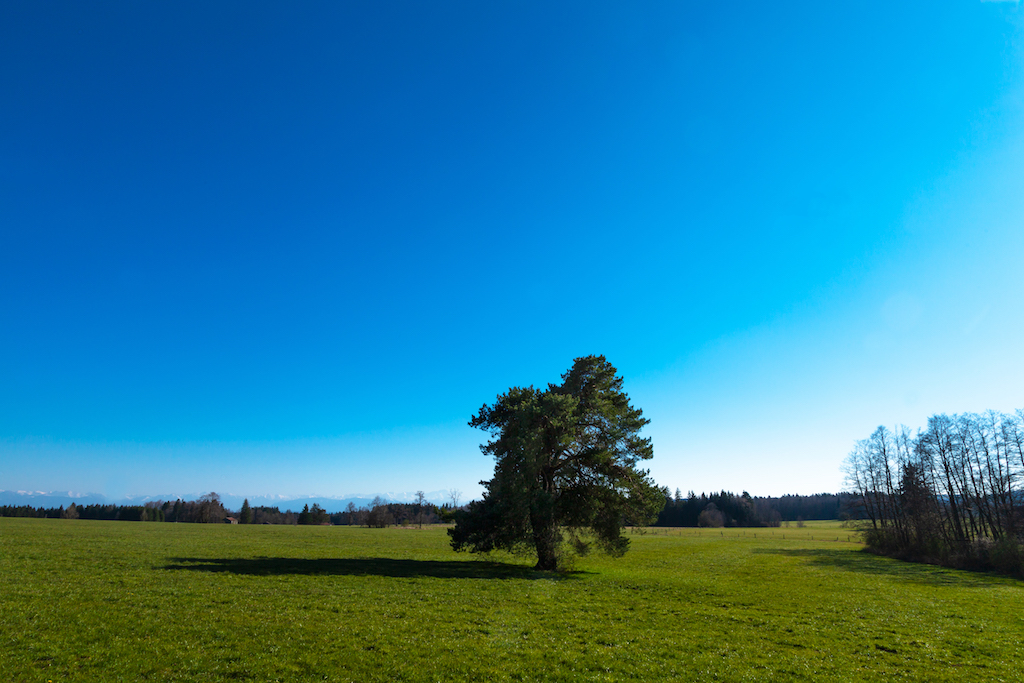Kuhflucht Falls, Upper Bavaria
Not far from Garmisch-Partenkirchen, a great motive and an adventure trail presents a unique experience and many opportunities for photographers. The Kuhflucht Falls are not as famous as the world-known Partnach Gorge, but they are worth the trip.
It’s good to know some things in advance to plan a trip there. The Kuhflucht Waterfalls have a height of 270 meters, but please do not expect one big waterfall. The stream cascades over some steps and contains three big falls. One particularly impressive cascade is near the bridge over the stream.
The falls are in some places inside a canyon. You can’t see the whole falls (except using a drone, which would require a permit), but there are many impressive motives along the way.
There are two parking lots in Farchant. One lot is where the trailhead of the hiking trail to the waterfall begins. The trail is connected to an adventure and experience trail leading through a forest with a lot of information about nature and a playground.
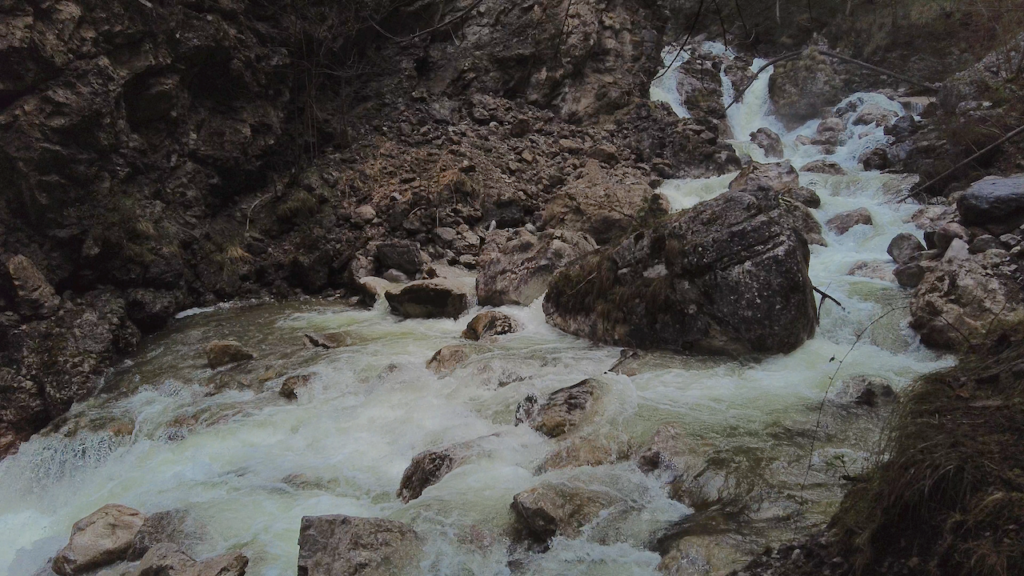
The lower part of the trail and the other trail offer a lot for families, and many people come here.
If you look for dramatic pictures, the season and the time of the day are important: These pictures were taken during spring after days of rain, and the snow melts. That makes a difference because much more water is cascading down over the boulders. It’s a different picture in a dry summer.
Late morning seems a good time since there is enough sunlight entering the canyon. High mountains and a dense forest with large trees surround the falls.
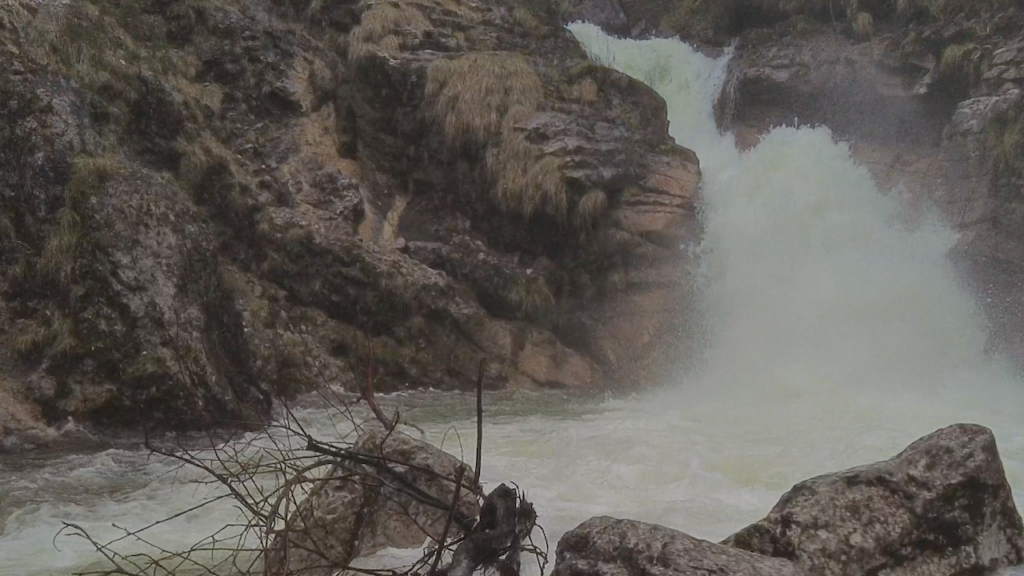
The trail is very comfortable in the lower part. The community of Farchant put a tremendous effort into this trail and some attractions there. After a severe storm with massive damages, the trail was repaired and reopened. Thanks to this effort, visitors can enjoy these romantic falls throughout the year. After approximately 750 metres the trail reaches a bridge over the stream.
Before the bridge, a smaller trail departs, where you can hike up a few meters to a viewpoint that offers an impressive view over the fall. After the bridge, the broad trail turns into a steep mountain path.
That path that leads higher up the mountain has a different quality. You should only do this hike if you are an experienced hiker. There is one scenic view, approximately 20 minutes from the bridge, where you can see the upper part of the gorge, but please be careful there!
You can also hike back on the “Philosophenweg” to Garmisch-Partenkirchen.
The Kuhflucht Falls are accessible via Train-Stop Farchant and by bus from Garmisch Partenkirchen.
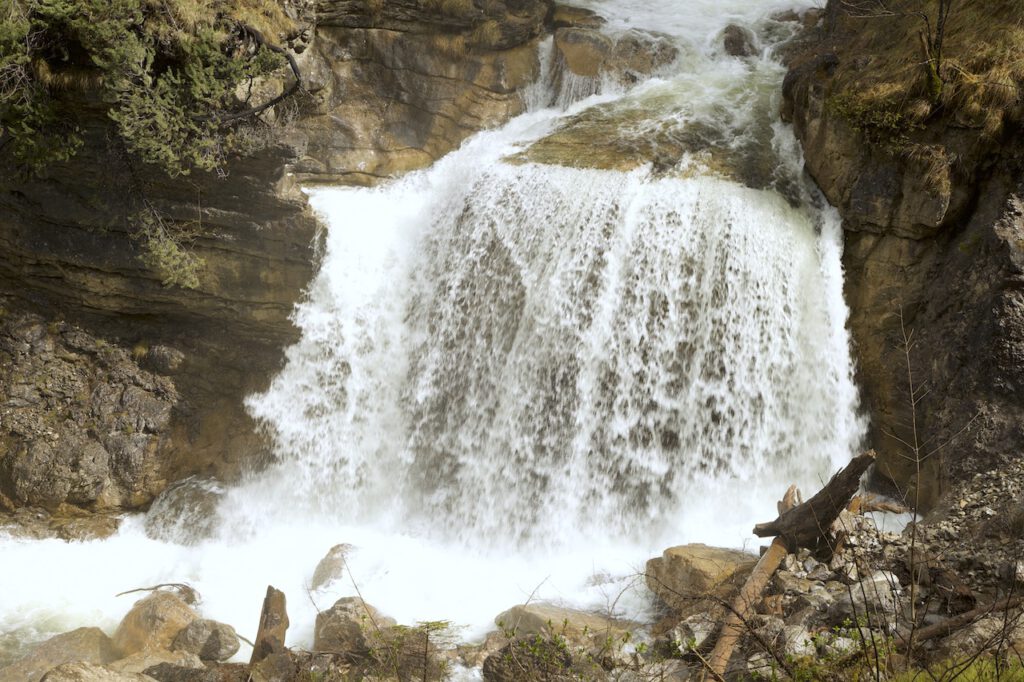
The biggest fall is impressive after days of rain in spring or when the snow melts.
Standing close to the big cascades is a good feeling, it is not only the experience of majestic nature but the little water particles in the air open the airways and have a comforting effect. The effect is similar to standing at the shore of the sea and breathing the air close to the waves.
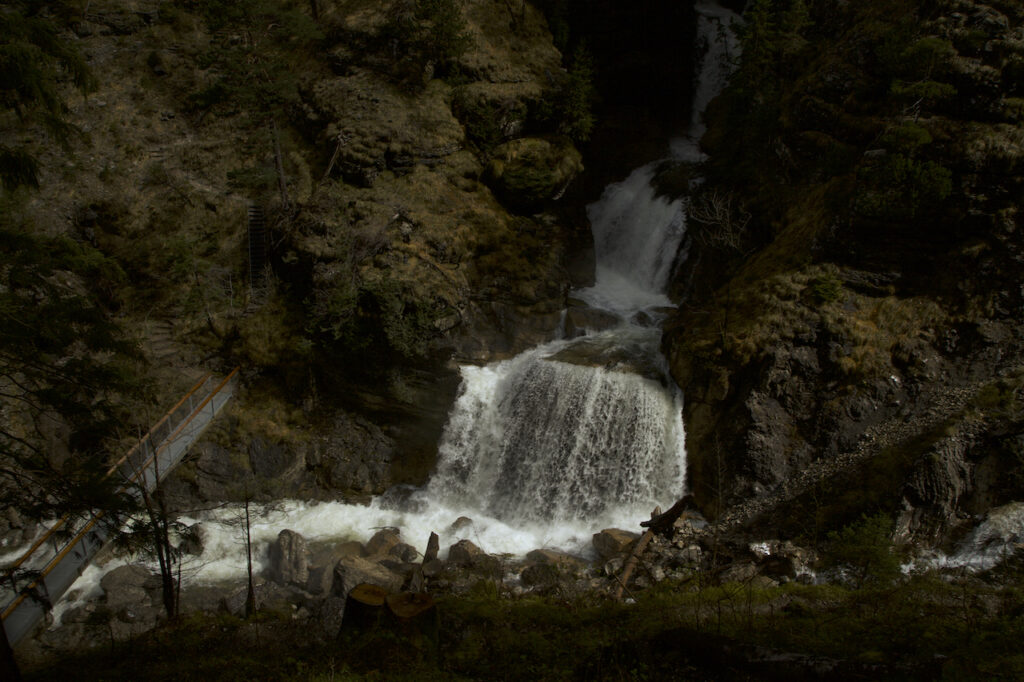
Above the bridge is a scenic view which allows a breath-taking perspective
The Kuhflucht Falls is an alternative or additional trip to the well-known destinations in the region.
